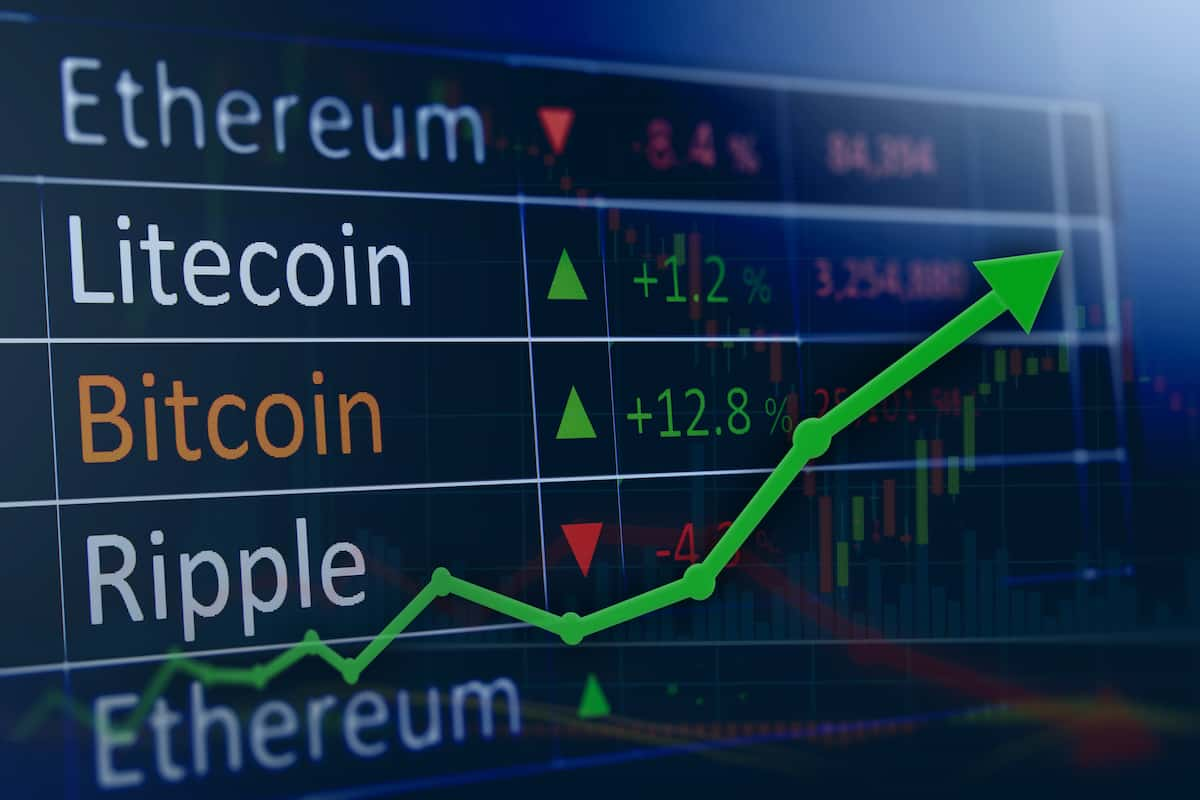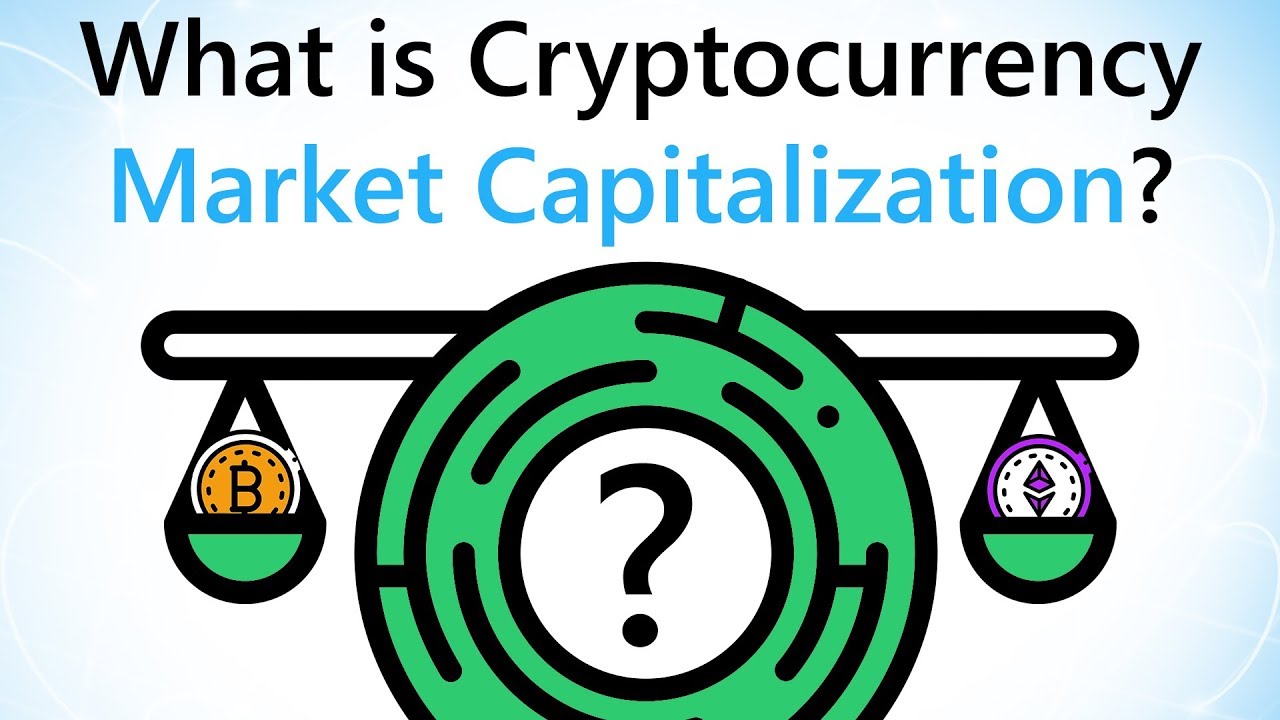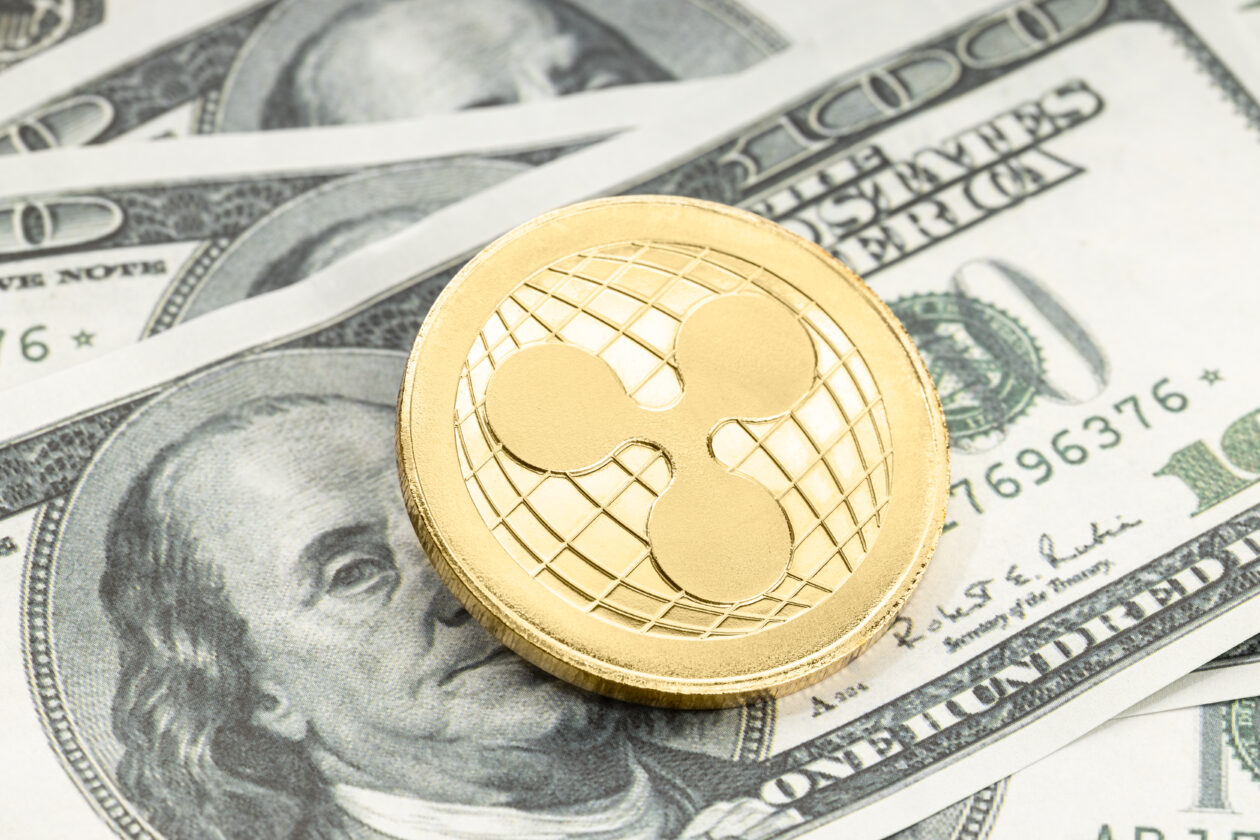Introduction
Cryptocurrency has revolutionized the financial world, offering a decentralized and secure way to transfer and store value. One of the most intriguing aspects of cryptocurrency is its potential for value appreciation. Unlike traditional currency, which is backed by governments and regulated by central banks, the value of cryptocurrency can fluctuate rapidly and independently.
Understanding how cryptocurrency value increases is crucial for investors and enthusiasts alike. While there is no magic formula, several factors contribute to the upward movement in cryptocurrency prices. By examining these factors, we can gain insight into the dynamics of the market and potential strategies for capitalizing on these trends.
In this article, we will explore various factors that influence cryptocurrency value. From supply and demand dynamics to market manipulation, technological advancements to financial events – these elements shape the trajectory of cryptocurrency prices. Additionally, we will delve into the impact of adoption, mining difficulty, speculation, and investor sentiment. By examining these factors, we can develop a comprehensive understanding of how cryptocurrency value increases.
It is important to note that cryptocurrency markets are highly volatile, subject to rapid price fluctuations and unpredictable trends. Investors should approach the cryptocurrency market with caution and conduct thorough research before making any investment decisions.
Now, let’s delve into the factors that contribute to the increase in cryptocurrency value.
Supply and Demand
Supply and demand dynamics play a significant role in determining the value of cryptocurrencies. Like any other commodity, when demand exceeds supply, prices tend to rise. Conversely, when supply outpaces demand, prices tend to decline.
In the case of cryptocurrencies, the total supply of a particular coin or token is often limited. For example, Bitcoin has a maximum supply of 21 million coins, which creates scarcity and contributes to its value. As more people develop an interest in cryptocurrencies and demand increases, the limited supply can create upward pressure on prices.
Moreover, the demand for cryptocurrencies is driven by various factors. Some individuals view cryptocurrencies as a store of value, similar to gold, while others see them as a medium of exchange. Additionally, the desire for financial privacy and greater control over assets can fuel demand for cryptocurrencies.
The supply side, on the other hand, is influenced by factors such as mining rewards and block generation times. Cryptocurrencies like Bitcoin have a predetermined issuance rate, where new coins are generated through the mining process. The halving event, which occurs every four years, reduces the rate at which new Bitcoin is created, further limiting the supply and potentially increasing its value.
It’s important to highlight that the supply and demand equation is not the only factor determining price movements. External events and market sentiment can also contribute significantly to cryptocurrency value.
Now, let’s explore market manipulation and its impact on cryptocurrency prices.
Market Manipulation
Market manipulation is another factor that can impact the value of cryptocurrencies. Due to the relatively low market capitalization and limited regulation in the industry, cryptocurrency markets are vulnerable to manipulation.
Manipulation can occur in various forms, including pump and dump schemes, spoofing, and wash trading. In a pump and dump scheme, a group of individuals artificially inflates the price of a cryptocurrency by creating a hype around it and then selling their holdings at a profit once the price has risen significantly. This activity can lead to a sudden increase in value followed by a sharp decline as the manipulators exit the market.
Spoofing involves placing large buy or sell orders to create a false impression of market demand or supply. The intention is to trick other traders into making decisions based on this false information, leading to price movements that benefit the manipulator. Similarly, wash trading involves artificially inflating trading volumes by executing trades with oneself or collaborating with others to create the illusion of market activity. This manipulation tactic can deceive traders into believing that there is genuine market interest, leading to price fluctuations.
While market manipulation can cause short-term price distortions, it is essential to remember that cryptocurrencies have also experienced substantial growth based on genuine market demand and technological advancements. It’s crucial for investors to stay vigilant and conduct thorough research to identify and avoid manipulated markets.
Now, let’s examine the impact of adoption and usage on cryptocurrency value.
Adoption and Usage
The level of adoption and real-world usage of cryptocurrencies can have a significant impact on their value. As more businesses and individuals accept and use cryptocurrencies for transactions, the demand for these digital assets increases, ultimately driving up their value.
Adoption can occur at both individual and institutional levels. When individuals start using cryptocurrencies for everyday purchases or as an alternative investment, it indicates a growing acceptance and trust in these digital assets. Similarly, when businesses, particularly large corporations, start accepting cryptocurrencies as a form of payment, it signals mainstream adoption. This increased adoption creates a network effect, encouraging more people to use cryptocurrencies, thereby increasing their value.
Moreover, the integration of cryptocurrencies into existing financial systems and technologies can also contribute to their value. For instance, the development of decentralized finance (DeFi) platforms and applications has provided opportunities for individuals to earn interest, borrow, and trade cryptocurrencies without relying on traditional financial institutions. The growth of the DeFi ecosystem has attracted significant attention and investment, further driving the value of cryptocurrencies.
Additionally, the involvement of institutional investors and financial institutions in the cryptocurrency market has brought increased legitimacy and stability. Institutions such as investment funds, banks, and corporate treasuries entering the cryptocurrency space indicate a growing recognition of the technology’s potential and an increasing demand for these digital assets. This institutional adoption can lead to more liquidity and stability in the market, positively affecting cryptocurrency value.
However, it’s important to note that adoption and usage alone may not guarantee consistent or rapid price increases. Market sentiment, technological advancements, and other factors still play a crucial role in shaping the value of cryptocurrencies.
Now, let’s explore the impact of financial and political events on cryptocurrency value.
Financial and Political Events
Financial and political events can have a significant impact on the value of cryptocurrencies. These events can range from economic crises and regulatory announcements to geopolitical tensions and government policies.
During times of economic uncertainty, such as recessions or inflationary pressures, investors often seek alternative assets to protect their wealth. Cryptocurrencies, particularly those with strong store-of-value characteristics like Bitcoin, can be seen as a hedge against traditional financial markets. As a result, increased demand during such events can drive up cryptocurrency prices.
Regulatory announcements and government policies can also have a substantial impact on cryptocurrency value. Positive regulatory developments that provide clarity, transparency, and legal certainty for cryptocurrencies often lead to increased adoption and investor confidence, ultimately driving up prices. On the other hand, negative regulatory actions or restrictive policies can create uncertainty and dampen market sentiment, leading to price declines.
Political events, such as elections or geopolitical tensions, can also influence cryptocurrency value. For example, in countries experiencing hyperinflation or currency devaluation, cryptocurrencies can become a preferred alternative for individuals seeking to protect their wealth. Similarly, in regions where access to traditional financial services is limited, cryptocurrencies can serve as a means of financial inclusion and empowerment.
It’s worth noting that the impact of financial and political events on cryptocurrency value is not always immediate or predictable. The market’s reaction to these events can vary based on factors such as market sentiment, investor sentiment, and the overall maturity of the cryptocurrency ecosystem.
Now, let’s delve into the influence of technological advancements on cryptocurrency value.
Technological Advancements
Technological advancements play a vital role in shaping the value of cryptocurrencies. As the underlying technology of cryptocurrencies, blockchain, continues to evolve and improve, it opens up new possibilities and potential use cases, driving up the value of digital assets.
One significant technological advancement that can impact cryptocurrency value is scalability. Scalability refers to the ability of a blockchain network to handle a growing number of transactions efficiently. Cryptocurrencies that can achieve high transaction speeds and low fees are more likely to gain widespread adoption and usage, leading to increased value. Projects that successfully implement scalability solutions, such as layer-two protocols or sharding, can experience substantial price increases.
Another technological advancement that can influence cryptocurrency value is privacy and security enhancements. Cryptocurrencies that offer enhanced privacy features, such as confidential transactions or zero-knowledge proofs, can attract users who value their financial privacy. Similarly, improvements in security measures, such as robust encryption algorithms or advanced consensus mechanisms, can instill trust and confidence in the technology, increasing demand and ultimately driving up value.
Interoperability is another area of technological advancement that can impact cryptocurrency value. Interoperability refers to the ability of different blockchain networks to communicate and share data seamlessly. Projects that focus on building bridges between different blockchains enable the transfer of value and information across networks, fostering collaboration and expanding the potential use cases for cryptocurrencies. This increased interoperability can drive up demand and enhance the value of the involved digital assets.
Furthermore, technological advancements that result in improved user experience, accessibility, and ease of use can attract a broader audience to cryptocurrencies. User-friendly wallets, intuitive interfaces, and simplified on-ramps for purchasing cryptocurrencies make it easier for individuals to enter the market. As adoption increases, the value of cryptocurrencies can also rise.
It’s important to note that not all technological advancements guarantee a positive impact on cryptocurrency value. Market sentiment, competition, and the overall effectiveness of the implemented solutions are also important factors to consider.
Now, let’s explore the influence of halving and mining difficulty on cryptocurrency value.
Halving and Mining Difficulty
The concepts of halving and mining difficulty are directly linked to the value of cryptocurrencies, particularly those that rely on mining for their creation and security, such as Bitcoin.
Halving is an event that occurs in certain cryptocurrencies, where the number of new coins created per block is cut in half. This event typically takes place at regular intervals, such as every four years in the case of Bitcoin. The purpose of halving is to control the inflationary supply of the cryptocurrency and gradually decrease the rate at which new coins are introduced into circulation.
Halvings are important because they effectively reduce the available supply of the cryptocurrency, while demand remains constant or potentially increases. This reduction in supply can create upward pressure on prices as the market grapples with a limited number of new coins entering circulation.
In addition to halving, mining difficulty also plays a significant role in determining the value of cryptocurrencies. Mining difficulty refers to the computational challenge involved in solving complex algorithms to validate and process transactions on the blockchain. As more miners join the network and the total hash rate (computing power) increases, the difficulty level adjusts to maintain a consistent block generation time.
Higher mining difficulty means that miners have to invest more computational power and resources to solve the algorithms and earn rewards. This often requires specialized mining hardware and significant energy consumption. The difficulty adjustment helps to ensure a consistent and secure blockchain network.
Both halving and mining difficulty contribute to the scarcity of cryptocurrencies. Halving reduces the rate of new coin issuance, while mining difficulty makes it more challenging to earn rewards. These factors, combined with increasing adoption and demand, can contribute to a rise in the value of the cryptocurrency.
It’s essential to note that halvings and mining difficulty adjustments are predetermined and programmed into the cryptocurrency’s protocol. These events are known in advance, allowing investors and market participants to anticipate and potentially speculate on their impact on price.
Now, let’s explore the role of speculation and investor sentiment in cryptocurrency value.
Speculation and Investor Sentiment
Speculation and investor sentiment play a significant role in determining the value of cryptocurrencies. The cryptocurrency market is known for its volatility and can be heavily influenced by market speculation and the overall sentiment of investors.
Speculation refers to the practice of buying or selling assets with the expectation of making a profit based on anticipated price movements. In the cryptocurrency market, speculation is common, as the industry is relatively young and lacks the same level of fundamental analysis tools found in traditional financial markets. As a result, investors often rely on market trends, news, and social media buzz to form their opinions and make investment decisions.
Positive investor sentiment can drive up cryptocurrency prices as more individuals enter the market with an optimistic outlook. When investors believe that the value of a particular cryptocurrency will increase, they may buy and hold significant amounts of it, creating upward pressure on prices. This positive sentiment can be influenced by factors such as technological advancements, adoption by major companies, regulatory developments, or positive media coverage.
On the flip side, negative investor sentiment can lead to price declines or even market sell-offs. Fear, uncertainty, and negative news can trigger a loss of confidence among investors, leading them to sell their holdings and causing price drops. FUD (Fear, Uncertainty, and Doubt) can be spread through various channels, including social media, news outlets, or influential figures in the crypto community.
It’s important to note that investor sentiment and speculation can sometimes create price bubbles or market manias. These periods of irrational exuberance can greatly inflate the value of cryptocurrencies beyond their fundamental worth, only to be followed by a sharp correction as the bubble bursts.
Understanding and gauging investor sentiment is a challenging task, as emotions and market psychology can fluctuate rapidly. Therefore, it’s vital for investors to carefully analyze the factors driving sentiment and approach the market with a balanced and objective perspective.
Now that we’ve explored the factors that contribute to the increase in cryptocurrency value, let’s conclude our discussion.
Conclusion
The value of cryptocurrencies can increase through a combination of various factors. Supply and demand dynamics play a crucial role, as limited supply and increasing demand can drive up prices. The market is also susceptible to manipulation, where unethical actors artificially inflate or deflate prices for their gain.
The adoption and usage of cryptocurrencies by individuals and institutions can significantly impact their value. As more businesses and individuals accept and use cryptocurrencies, the demand for these digital assets increases, driving up their value. Additionally, technological advancements, such as scalability, privacy enhancements, and interoperability, can open up new possibilities and attract more users, positively influencing cryptocurrency value.
Financial and political events, including economic crises, regulatory announcements, and governmental policies, can create significant fluctuations in cryptocurrency prices. Positive events and regulatory developments often lead to increased adoption and investor confidence, while negative events can create uncertainty and dampen market sentiment.
The halving of certain cryptocurrencies and the adjustment of mining difficulty contribute to the scarcity of digital assets, potentially leading to price increases. Finally, speculation and investor sentiment play a crucial role in determining cryptocurrency value. Positive sentiment and optimistic outlooks can drive up prices, while negative sentiment can lead to market sell-offs and price declines.
As the cryptocurrency market continues to evolve, it’s important for investors to stay informed, conduct thorough research, and approach the market with caution. The cryptocurrency market is highly volatile and subject to rapid fluctuations, so it’s crucial to carefully consider the various factors influencing the value of these digital assets before making any investment decisions.
By understanding the factors discussed in this article, investors and enthusiasts can gain insights into the dynamics of the cryptocurrency market and make informed decisions to navigate its potential opportunities and risks.

























